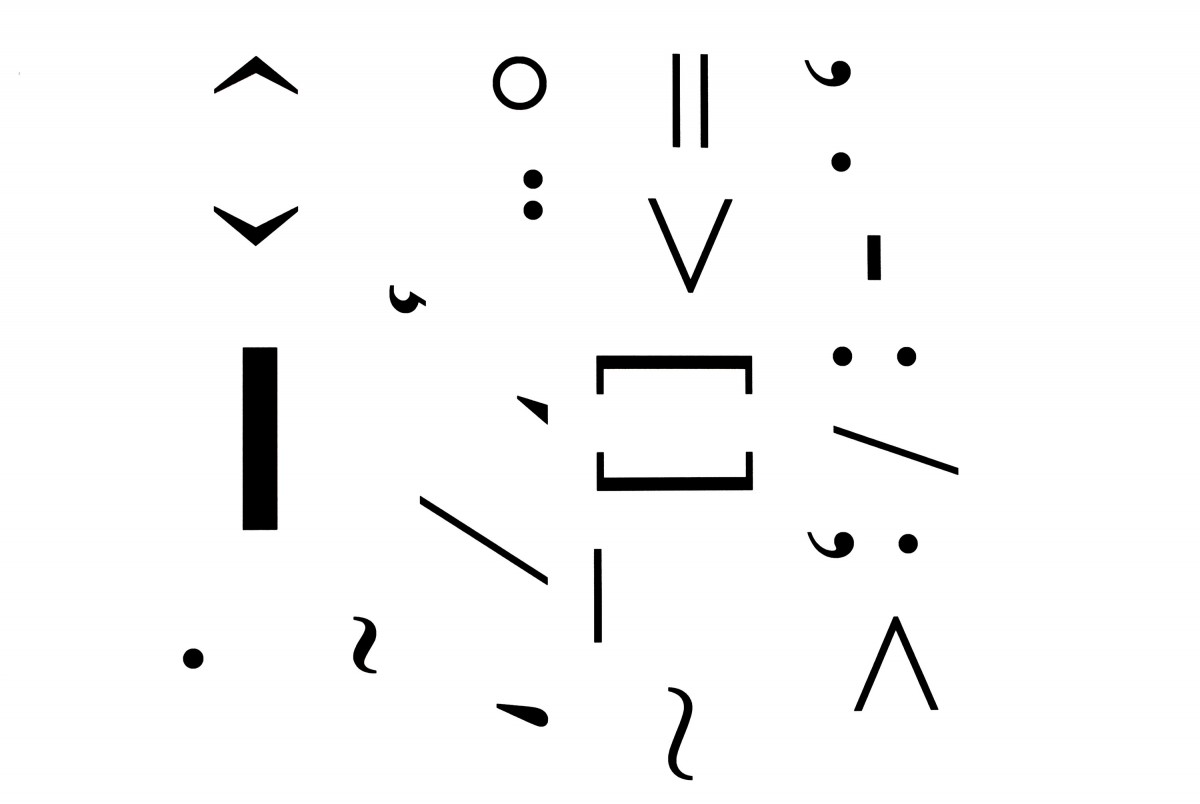20 November 2014
Mark Twain famously feuded with his editors over punctuation. But, of course, eccentricity was his stock-in-trade. Does punctuation really matter to all us common folk who are reporting history rather than creating it? Yes, no, and not necessarily. Let’s consider some options:
Does it matter whether a period or a comma goes inside a quotation mark or outside? Yes and no.
- From the standpoint of “proper punctuation” within a particular language, yes. The style guides for that language will dictate one or the other.
- From the standpoint of source citation or evidence analysis, no. Or at least rarely to almost never.
Does it matter whether a date is written as 1742/3, 1742/43, or 1742–43? Yes.
- The first is the standard format for use when discussing an event during the period in which “double-dating” is necessary—i.e., the transition in Western civilization switched from the Julian Calendar to the Gregorian. Events that occurred between 1 January and 25 March could fall in, say, the year 1742 or the year 1743, depending upon which calendar the scribe was using.
- The last option is the standard format for use when we need to show a range of years—as when a document states a person’s age, rather than an exact birthdate and we extrapolate year(s) of birth from that age.
- The middle option is best avoided because it leaves readers wondering what’s going on—i.e., if 1742/3 (a slash followed by one number) means double-dating and 1742–43 (a dash followed by two numbers) means a range of years, then what does 1742/43 mean?
Does it matter whether a date is written as 1742-43 or 1742–43? Yes. Sorta.
You do notice the difference between the two, don’t you? One is a hyphen and one is an en-dash. The basic rule here is that a hyphen’s purpose in life is to join things, while a dash exists to separate things.
- A hyphen is used for, say, Irish-American, when we want to take two words and turn them into one.
- An en dash is used to show a range of numbers—i.e., from this to that.
Does it matter whether parts of a citation are separated by periods or commas? Oh, yeah! Big time!
- Reference notes (footnotes and endnotes) are written “sentence style.” All the elements that describe and identify the source go into one sentence. The elements are typically separated by commas (with publication data in parentheses); and a semicolon may be used to separate big elements, when one element has internal commas. But when we put a period, it says Finis. The end. I’m done with my identification of this source. Anything that comes after this period deals with a totally different source.
- Source list entries, on the other hand, do use periods between the elements and sources are never combined. Each source is put into its own indented world. (This bit of confusion actually exists to prevent confusion but rather than try to sort out the confusion here, it’s a lot easier just to remember the rule: A reference note is written sentence style with no internal period; a source-list entry uses periods to separate each element). Ergo:
Reference Note:
1. John Parson Brown, Over My Dead Body (Harper’s Ferry, Virginia: Privately Printed, 1859). Roberta E. Lee, War on My Own Front Doorstep (Harper’s Ferry, West Virginia: Privately Printed, 1869).
Source List Entry:
Brown, John Parson. Over My Dead Body. Harper’s Ferry, Virginia: Privately Printed, 1859.
Lee, Roberta E. War on My Own Front Doorstep. Harper’s Ferry, West Virginia: Privately Printed, 1869.
If you happen to be a Mark Twain fan and are interested in more than his battles over punctuation, you might enjoy the California Digital Library's Mark Twain Project Online (http://www.marktwainproject.org/xtf/search?category=letters;rmode=landing_letters;style=mtp). It's an education in itself.
PHOTOCREDITS: "Punctuation Marks," CanStockPhoto (http://www.canstockphoto.com/images-photos/mark-twain.html#file_view.php?id=6112474 : downloaded 1 November 2014), uploaded 15 April 2011 by kilukilu; used under license.
Small clarification needed in EE (2nd ed.)
I'm aware that a hyphen joins or connects things whilst a dash separates them, and this post mentions that in conjunction with dates where an en-dash separates the ends of an inclusive date range. However, in EE, sec 2.65, it says the en-dash is "almost always used to connect items". I don't think this was a typo because it emphasises it with several examples. Maybe the use of the word "connect" in that context isn't the best choice.
Apologies for nit-picking but some of us were just made that way :-)
Tony